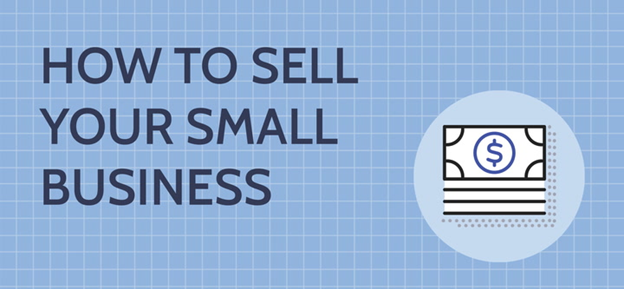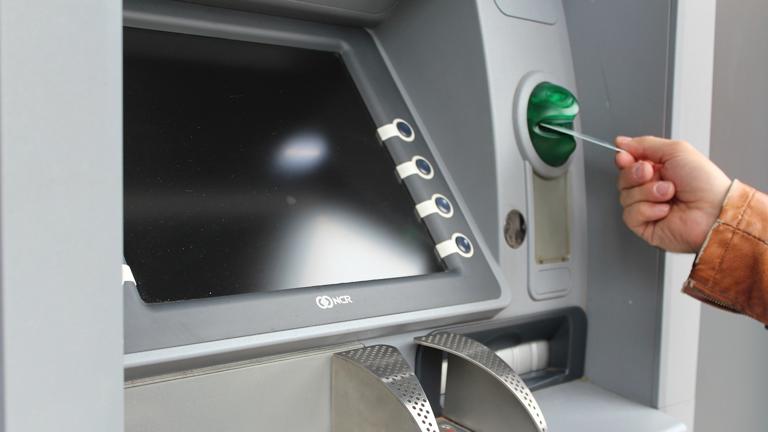8 Steps to Sell Your Small Business

The choice to selling your small business is a major milestone with significant financial and emotional consequences. Whether pushed by retirement, a sudden illness, or a market shift, the decision to sell your business results in your personal life and professional future. This process comprises several critical steps, starting with the initial evaluation and ending with the final transaction, each needing special attention and complete preparation.
How to Sell Your Small Business?
Selling your small business is a big move that needs careful preparations and implementation. Follow the guide below step by step.
Step 1: Assess Your Reasons and Timing
Think about why and when you need to sell your business. Saving for retirement, education, or career shifts requires different terms and periods.
Step 2: Straighten Out Your Financial Records
Guarantee that your financial documentation is accurate and clear. These records should contain up to three years of tax returns, financial statements, and a description of business activities. Accurate books are necessary for any business valuation process before selling it to prospective buyers.
Step 3: Get a Business Valuation
Get your business appraised at its fair market value by a professional appraiser. It implies analyzing the financial statements, market position, and growth perspectives. This is the step that prepares the pricing strategy for your business sale.
Step 4: Ready Your Business for Sale

Make your business appealing to potential purchasers. It entails process simplification, legal issue resolution, and probable premises refurbishment. This can greatly influence how the customers regard your business.
Step 5: Promote Your Business
Utilizing the various channels to promote your business sales. This might be done through business-for-sale platforms, professional networks, and digital marketing. By ensuring that your business details are well-presented and easy to understand, you will be better positioned to get serious customers.
Step 6: Employ a Broker
Look for the assistance of a broker to handle the complexity of selling a business. A good broker can handle marketing, negotiations, and legalities, ensuring you get a favorable deal.
Step 7: Arrange the Sale
Hold talks with prospective buyers to reach an agreement on the purchase terms. This includes the sales price, terms of credit, and any contingencies. Legal and financial advisors should be included in finalizing the sale agreement to protect your interests.
Step 8: Finish the Sale
Complete the deal with all the necessary legal documents. That includes the bill of sale, purchase agreements, and transitional agreements to provide the smoothest possible handover process.
Conclusion
Selling your small business is a step-by-step procedure followed by scrutiny and planning. Adhering to these steps will increase your chance of success. Those willing to exploit the advantage of business selling platforms should consider BizIndecate, whose platform is an avenue to engage with prospective buyers and sellers in an active marketplace. Following this framework, you will be well prepared to face the challenges of selling your small business with more certainty and success.














